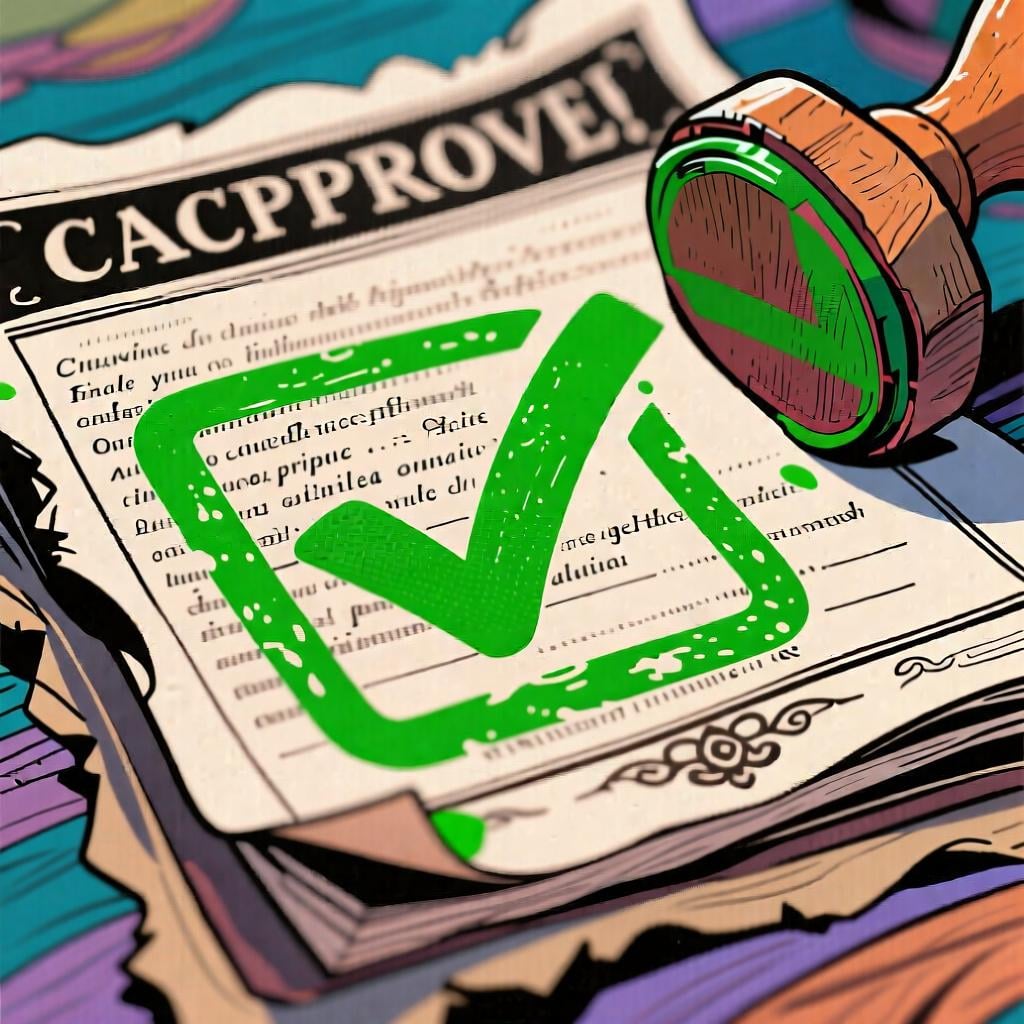visto
/bees-toh/
seen

Visto, used as the past participle, represents the experience of having seen something remarkable, like this celestial event.
📝 In Action
Nunca he visto una estrella fugaz.
A2I have never seen a shooting star.
Una vez visto el problema, es más fácil solucionarlo.
B1Once the problem is seen, it's easier to solve it.
Este documental es el más visto del año.
B2This documentary is the most-watched of the year.
💡 Grammar Points
Making 'Have Seen' Tenses
Combine 'visto' with the helper verb 'haber' to say what you 'have seen'. For example, 'he visto' (I have seen), 'has visto' (you have seen). In these phrases, 'visto' never changes its ending.
Using 'Visto' to Describe Nouns
When 'visto' describes a person or thing, it acts like an adjective and must match the noun. Use 'visto' for masculine things and 'vista' for feminine things. For plurals, use 'vistos' and 'vistas'.
❌ Common Pitfalls
Changing the Ending with 'Haber'
Mistake: "La he vista la película."
Correction: He visto la película. (Or: La he visto.) When 'visto' follows 'haber' (he, has, ha...), it always stays 'visto', even if you're talking about a feminine noun like 'película'.
⭐ Usage Tips
Talking About Popularity
You can use 'visto' to talk about how popular something is. For example, 'la película más vista' means 'the most-watched movie'.

As a noun, 'visto' often appears in 'visto bueno,' symbolizing official approval or the completion mark on a task.
📝 In Action
El proyecto necesita el visto bueno del director.
B2The project needs the director's approval.
Por favor, pon un visto en cada tarea completada.
B1Please, put a check mark on each completed task.
⭐ Usage Tips
The Key Phrase: 'Visto Bueno'
This noun form is almost always used in the phrase 'el visto bueno', which literally means 'the good seen'. Think of it as 'the good look' or the final check that says 'everything is okay'.

When used as a conjunction, 'Visto que' introduces a reason, suggesting the visible fact (the rain) dictates the next action (staying inside).
📝 In Action
Visto que no llamas, supongo que no vienes.
B2Seeing that you're not calling, I suppose you're not coming.
Visto el mal tiempo, se canceló el partido.
B2Given the bad weather, the game was canceled.
💡 Grammar Points
Starting a Sentence with a Reason
Use 'Visto que...' or just 'Visto...' at the beginning of a sentence to state a fact that explains what comes next. It's like saying 'Because of this fact...'.

As an interjection, 'Visto' acts like a digital 'Seen' receipt, confirming immediate understanding or reception of a message.
visto(Interjection)
got it
?confirming a message was received
seen
?as in a message status
,roger that
?military or formal confirmation
📝 In Action
—No te olvides de comprar pan. —Visto.
B1—Don't forget to buy bread. —Got it.
Envié las instrucciones y me respondieron con un simple 'visto'.
B2I sent the instructions and they replied with a simple 'seen'.
⭐ Usage Tips
Texting Shortcut
Think of this like the 'Seen' or 'Read' receipt on a messaging app. Replying with just 'Visto' is a very quick way to say 'I've seen your message and understood it' without typing more.
✏️ Quick Practice
💡 Quick Quiz: visto
Question 1 of 2
In the sentence 'Visto que hace frío, me pongo un abrigo', what does 'Visto que' mean?
📚 More Resources
Frequently Asked Questions
What's the difference between 'vio' and 'visto'?
Great question! 'Vio' is a simple past action, meaning 'he/she saw' (e.g., 'Él vio un pájaro' - He saw a bird). 'Visto' is the form you use with a helper verb like 'haber' to say 'have seen' (e.g., 'Él ha visto un pájaro' - He has seen a bird).
When do I use 'visto', 'vista', 'vistos', or 'vistas'?
It depends! If you're using it with 'haber' (like 'he visto', 'has visto'), it *always* stays 'visto'. If you're using it to describe something, it has to match. For example: 'el libro visto' (the seen book), 'la película vista' (the seen movie), 'los cuadros vistos' (the seen paintings), 'las fotos vistas' (the seen photos).
Is 'por lo visto' a common phrase?
Yes, very! 'Por lo visto' means 'apparently' or 'it seems'. You use it when you're drawing a conclusion based on something you've seen or heard. For example: 'Por lo visto, va a llover' (Apparently, it's going to rain).